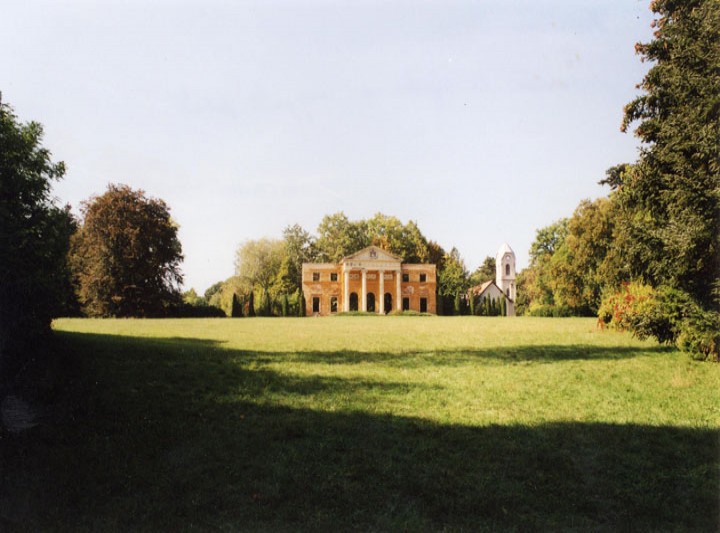
Arboretum, Alcsút
All year round it is well worth visiting the 44-acre Arboretum in Alcsút, the park of the former Habsburg archduke but it is most beautiful between the middle of February and March when, uniquely in the country, it is covered by a blanket of snow-drops.
The different varieties of the Mediterranean snow-drop provide a real attraction to visitors. Around midsummer’s night the dance of the fire-flies is a uniquely spectacular sight. Visitors can experience a special evening walk while thousands of fire-flies swarm like little green lamps lighting up the arboretum.
The Arboretum in Alcsút is one of the most original English parks in Hungary. Its creation in the 1820s is linked to Palatine József. József was the palatine of Hungary, the first Habsburg that settled in the country and acquired land. His descendants are the Hungarian branch of the Habsburg Family.
In the park of the castle today we can find an arboretum that is more than 40 acres large and include a whole series of rare plants providing pleasant recreation for those longing after nature. The garden of the archduke was amongst the most prominent ones in the empire thanks to its rich collection of rare plants.
We are reminded of the splendid classicist castle of Palatine József, who introduced more than 300 species of plants, by the tympanum of the façade. The castle was built according to the plans of Mihály Pollach and it was one of the largest classicist castles in Hungary while the English park was designed by Károly Tost, master builder of Schönbrunn. The chapel, which was constructed from the former stables built onto one of the wings of the castle, still stands today. It was constructed according to the plans of Ferenc Storno in neo-roman style in 1880. The palm-house of the park was built based on the plans of Miklós Ybl but today only the remains of it can be found while the buildings of the old English park, the Doll-house, the Gloriette and the Bear House are still there.
The flora of the arboretum in Alcsút is a collection of trees of 540 species planted in the 19th century. Amongst its most beautiful and oldest specimens are the planes, Turkish hazels, tulip trees, ironwoods, European beeches, taxodiums, firs and Japanese pagoda trees but we can also find valuable collections of lime, maple, oak and chestnut trees. The giant thuja growing 24 trunks, the cascading beech and the Turkish hazel with seven trunks all represent unique value just as the oldest, 170-year-old Lebanon cedar in the Csaplár woods and the line of trees of the same age along the road leading to Etyek.
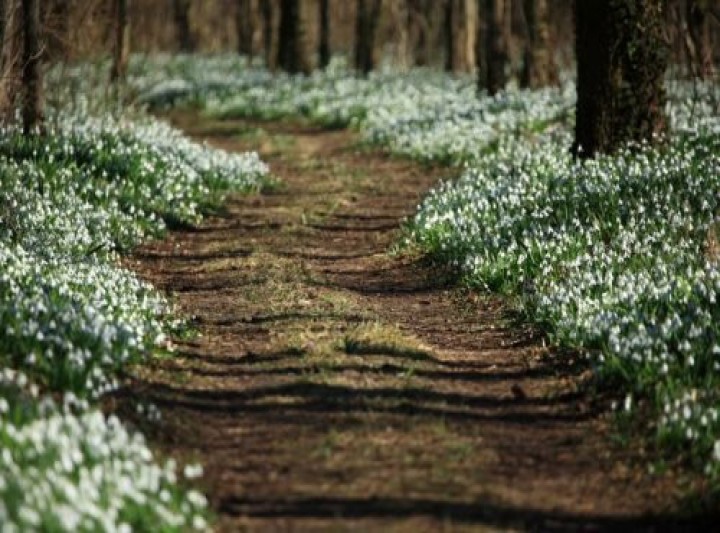
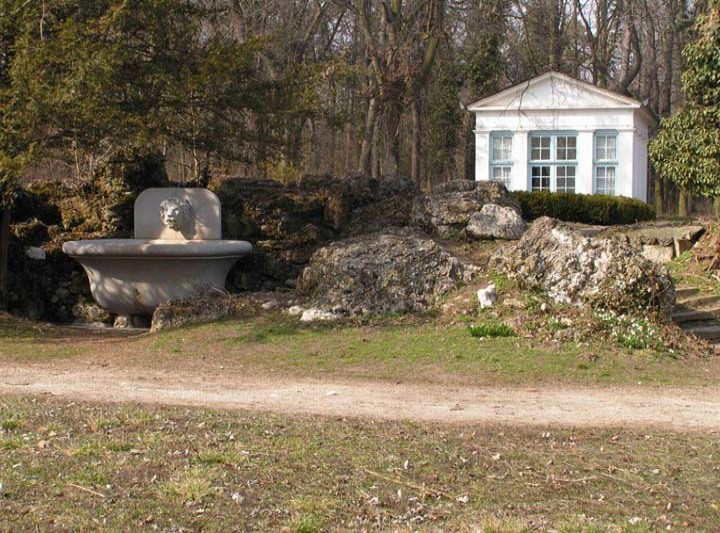
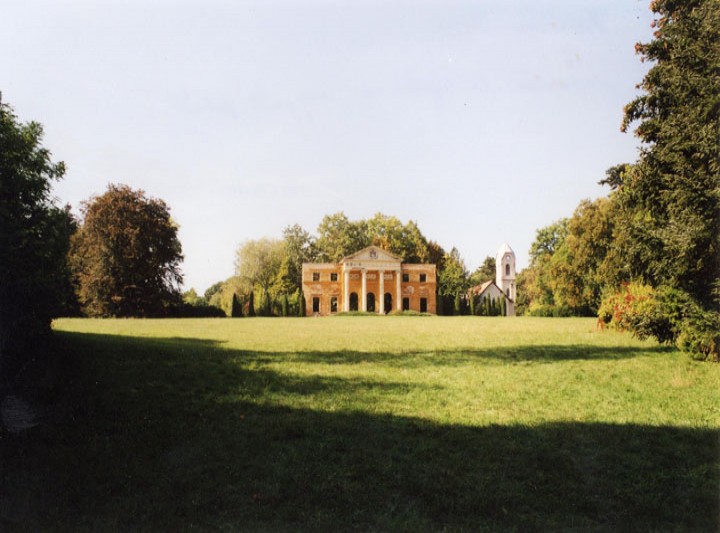
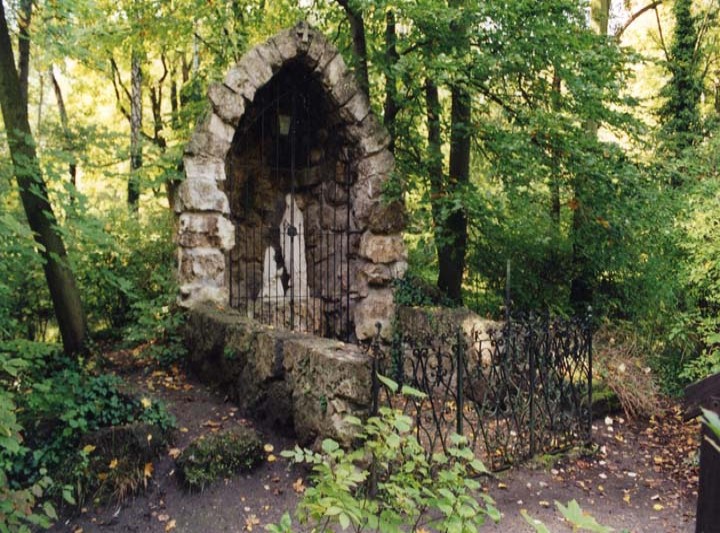
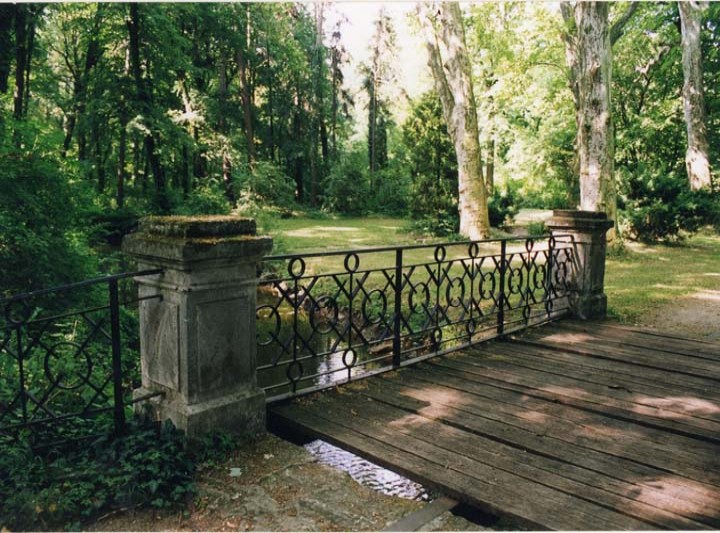












3000px.png)









